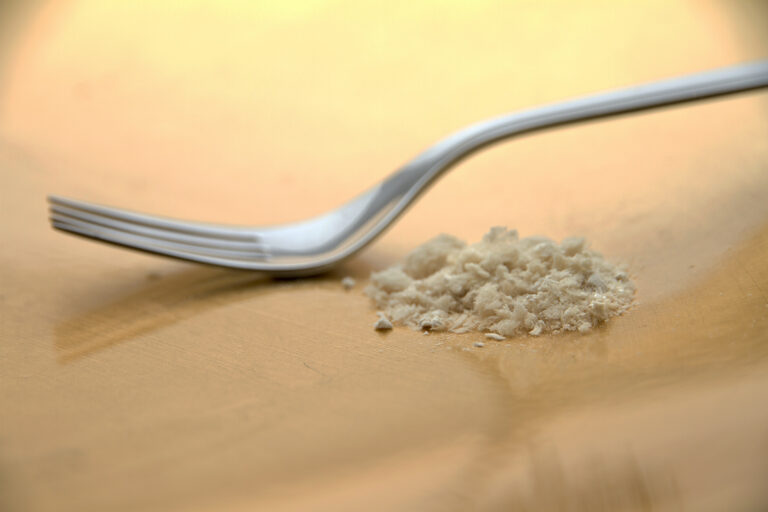If we could get protein without using plants or animals, not only could we feed more people on Earth, but such an alternative would be ideal for future space travel for astronauts. It will be a typical menu. And that’s the goal of solane, a new type of protein that requires only water, air, electricity, and a little help from bacteria.this technology project is an initiative by solar foodsis a Finnish company working with the European Space Agency (ESA) to develop in-flight meals for astronauts on future Mars trips. The research has also received support from his VTT Research Center in Finland and the Lappeenranta University of Technology. The roadmap for this technology project is definitely ambitious. Solein will hit the market in his 2021 and on this basis he expects to ship 50 million meals. synthetic food It will be sold in the first two years. But how does that process work?
The basic technique involves introducing microorganisms into a liquid supplied with hydrogen bubbles produced by the electrolysis of carbon dioxide and water. Bacteria feed on these gases and metabolize them into proteins, which are then dried to form a protein-rich powder. Finally, this kind of flour can be textured by: 3D printing or added to other foods as a supplementary ingredient. With an expected price of €5 per kilo, production costs seem relatively reasonable.
In addition to not requiring arable land, one important aspect of this is innovative technology projects, a zero carbon footprint is a vital fact, given that one-fourth of the carbon dioxide produced by humans comes from agriculture. In fact, its creators say the product is up to 100 times more climate-friendly than other foods. As available arable soils reach their limits and oceans suffer from overfishing, alternatives such as solane are becoming more important.
Synthetic food, the menu of the future?
research on the production of synthetic food It can be traced back to the space race. NASA They researched alternative carbohydrate production techniques in space. They envisioned using the oxygen and hydrogen obtained from the electrolysis of water and the carbon dioxide released by the crew to produce methane. Methane is then converted to formaldehyde through an oxidation process, a component that can be used to produce sugar and glycerol.
Today, technology developed by NASA is a source of inspiration. solein protein, mainly by using yeast and especially by using stem cells, are complemented by other approaches that allow the creation of so-called lab meat. All of which will enable the development of new food sources in an increasingly densely populated world.


